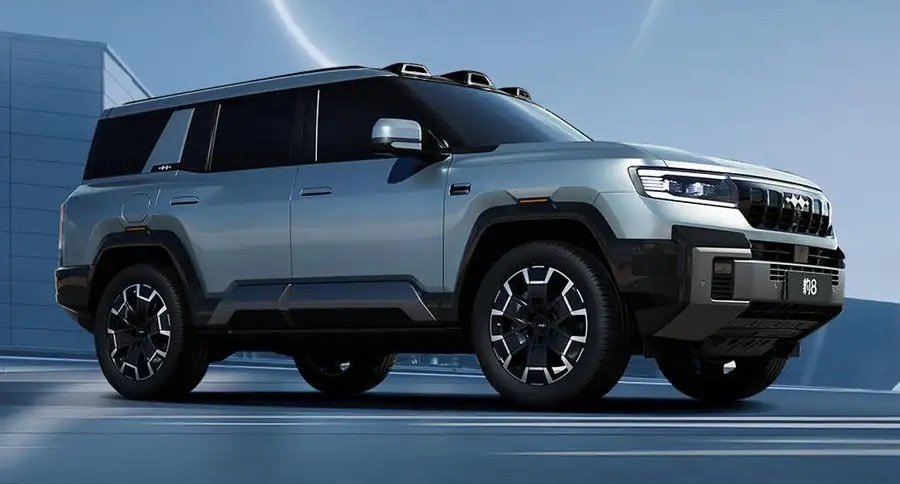BYD-owned Fangchengbao brings three new cars to Beijing show

Nascent BYD -owned brand Fangchengbao has revealed three radical new cars – the Bao 8, Super 3 and Super 9 – ahead of their public debuts at the Beijing motor show.
Fangchengbao was spun off from the Chinese giant in June last year, and its first model, the Bao 5 SUV, arrived in August.
It's a body-on-frame, range-extender 4x4 billed as a rival to the Toyota Land Cruiser and Land Rover Defender yet priced to compete with the Mercedes-Benz GLA, at ¥289,900 (£32,000).
Some 20,000 examples of the Bao 5 have been delivered since November, according to BYD.
In turn, Fangchengbao is now set for rapid expansion, with the Super 3 and Bao 8 bookending the Bao 5 and the Super 9 playing the role of a brand-building halo car.
The Bao 8 is expected to arrive first, having recently been unveiled in production guise. It's based on the same ladder chassis as the Bao 5, which uses battery cells as structural elements to boost rigidity.
Its wheelbase has been stretched by 120mm to 2920mm, making it slightly shorter than the Defender 110 (3022mm).
The Bao 8’s range-extender powertrain is said to send more than 670bhp through all four wheels, while its hydraulic suspension set-up is borrowed from premium sibling brand Yangwang’s U8.
Sitting at the opposite end of Fangchengbao’s 4x4 line-up will be the Super 3. Local media reports that it has been designed to appeal to a younger audience, so it uses a battery-electric powertrain, rather than a range-extender one.
In concept form, it's visually more distinctive than the Bao 8, wearing a set of chunky off-road tyres, boxy wheel arches and even a roof-mounted landing pad for a drone.
Little else has yet been confirmed, but more details are expected to come to light during this week’s Beijing show.
Fangchengbao’s most radical concept is the Super 9, an electric speedster penned by Wolfgang Egger, designer of the Alfa Romeo 8C and fourth-generation Audi A6.
It was unveiled with a livery bearing the number ‘30’ in what local media reports is a reference to BYD’s upcoming 30th anniversary.
That suggests a production version could be launched next year.
